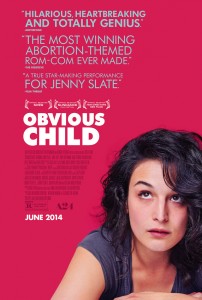
New York recently changed their abortion laws to allow late-term abortions when the circumstances put the mother or the fetus at risk. The law has since spurred controversy, causing a backlash in many states to limit abortion access and curb women’s reproductive rights. The law and its political backlash highlight how we often think about pregnancy as a yes-or-no answer, an all-or-nothing commitment. But a recent article in The Upshot emphasizes how this binary view of pregnancies as either “planned” or “unplanned” is inaccurate. Recent research shows that in 9 to 19% of pregnancies the mother was not sure what she wanted at the time. However, most service providers do not account for this kind of ambivalence.
Sociologist Heather Rackin argues that the distinction between “unintended” vs. “unwanted” pregnancies is important:
“It might not be that unintended pregnancy has all these negative consequences that we think about…for some people, it might have positive consequences.”
However, when pregnancies are unwanted, mothers tend to lack resources needed to raise a child. Family planning services can address this distinction by providing continual care depending on the needs and desires of their patients. To reduce the number of unwanted pregnancies, doctors have been encouraged to ask patients about their desires to become pregnant. For those that may not want to be pregnant, contraceptive methods with more efficiency than birth control may be ideal. On the other hand, doctors can provide prenatal guidance and a contraceptive method that is reversible for patients who are uncertain.
In short, pregnancy and parenthood are complex — decisions to raise a child cannot be reduced to whether a pregnancy is planned or unplanned.

